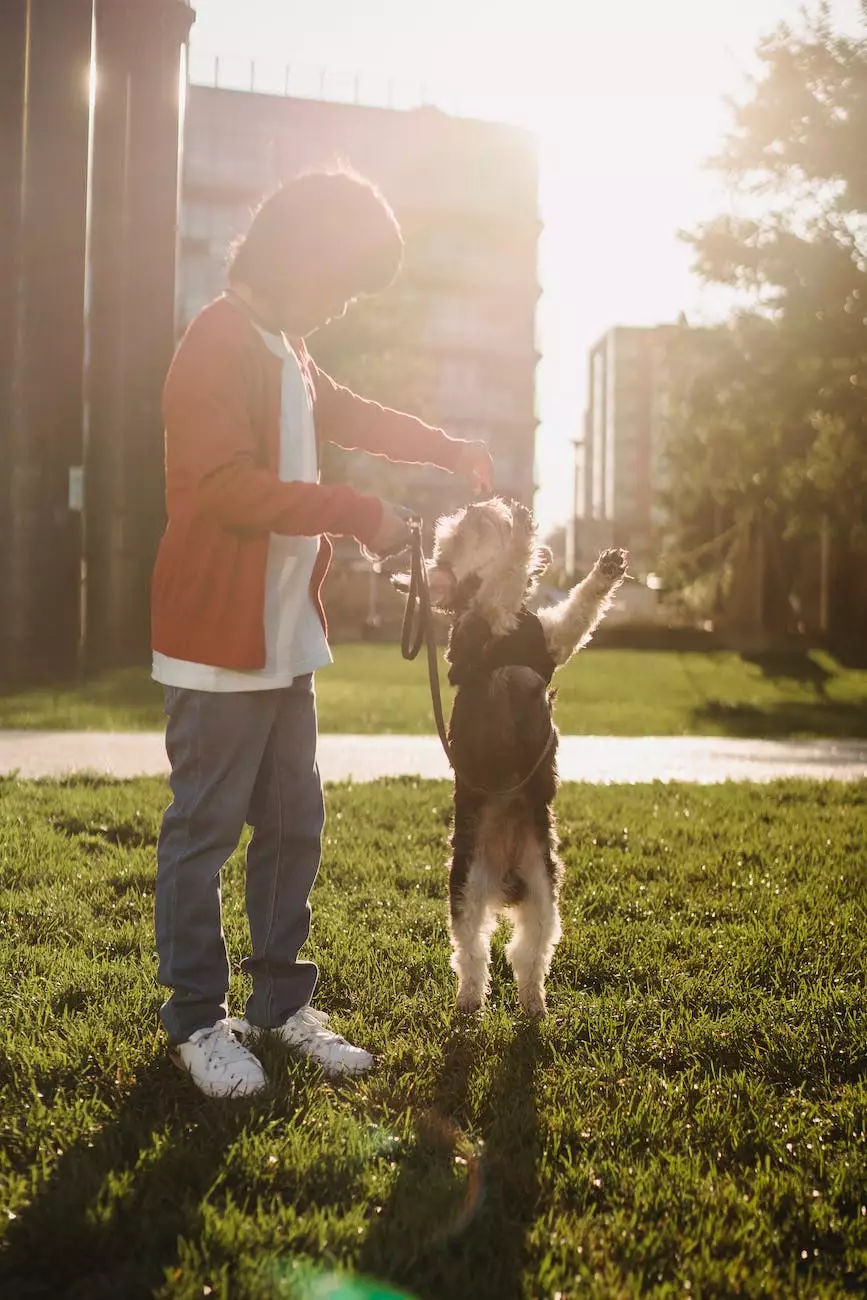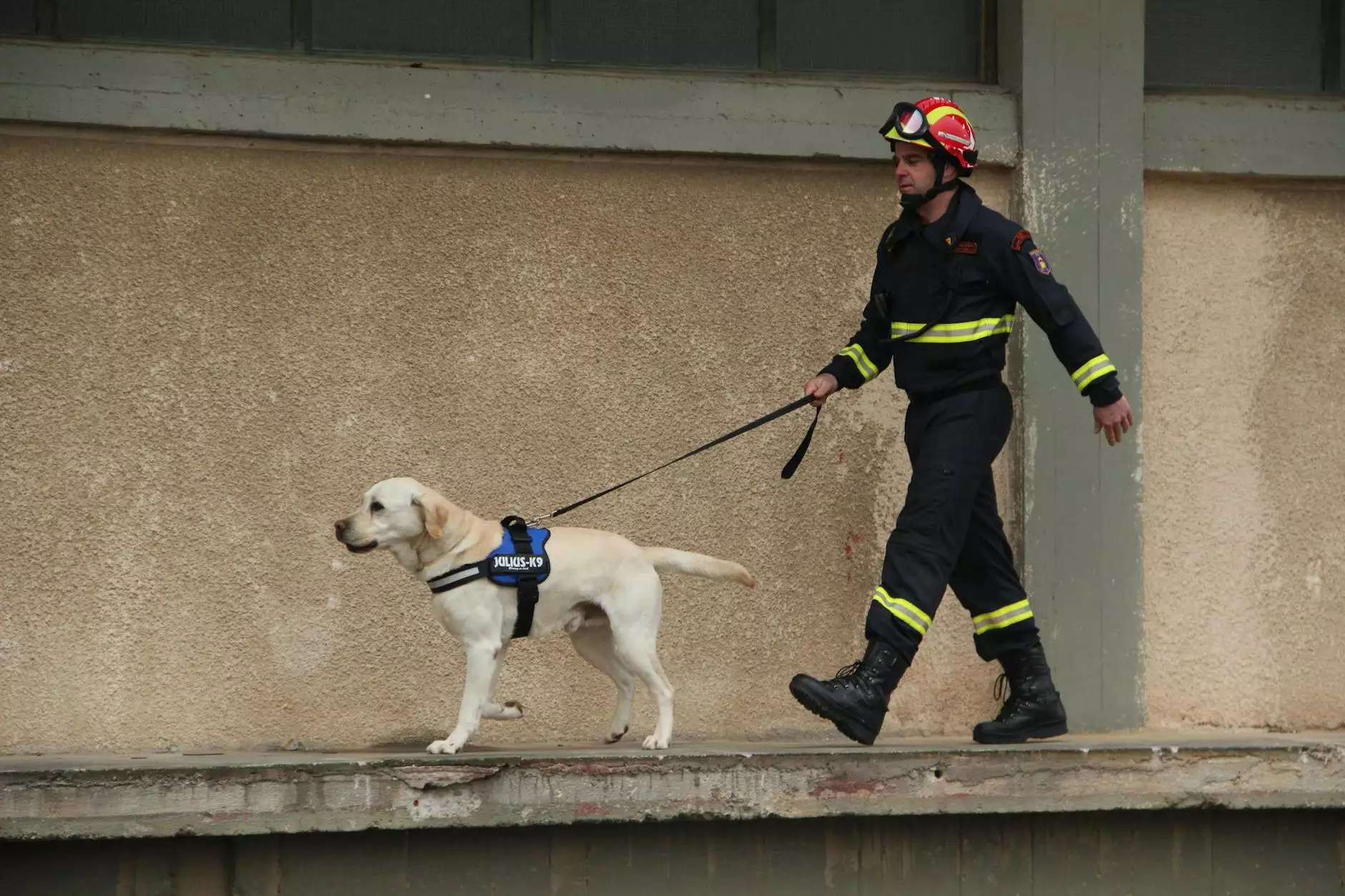When (and How) to Listen to Your Dog
Dog Care
Understanding Canine Communication
Dogs communicate with us through various means, and it’s important for us as pet owners to become adept at interpreting their signals. Communication is a two-way street, and by paying attention to their body language, vocalizations, and behavior cues, we can better understand their needs and emotions.
Body Language
A dog's body language can convey a wealth of information. Familiarizing yourself with their postures and expressions will enable you to comprehend what they are trying to convey. For example:
- Tail wagging: Contrary to popular belief, a wagging tail doesn't always indicate happiness. The position, speed, and intensity of the wag can signify excitement, fear, or agitation.
- Ear position: Ears held forward generally suggest attentiveness, while flattened or pinned-back ears may indicate fear or anxiety.
- Eye contact: Direct eye contact can express dominance or challenge, while averting their gaze may signify submission or discomfort.
- Posture: A dog standing tall with a relaxed body usually indicates confidence, while a tucked tail and hunched posture may indicate fear or submissiveness.
Vocalizations and Sounds
Dogs have an extensive repertoire of vocalizations and sounds, each with its unique meaning. Here are a few common vocalizations:
- Barking: Dogs bark for various reasons – to alert you, express anxiety or boredom, protect their territory, or communicate their desires.
- Whining: Whining can indicate distress, frustration, or a desire for attention or companionship.
- Growling: Growling is a warning sign, expressing discomfort, fear, or a need for personal space.
- Howling: Howling typically signifies loneliness or responding to other stimuli like sirens or other howling dogs.
Building Trust and Strengthening the Bond
Effective communication is essential for building trust and strengthening the bond between you and your dog. Trust enables your dog to feel secure and confident, allowing for successful training and a harmonious relationship.
Active Listening
Listening to your dog involves more than just hearing their vocalizations. It requires paying attention to their entire body language, understanding their preferences, and respecting their boundaries. By actively engaging in their communication, you can establish trust and open the lines of dialogue.
Observation
Observing your dog in different situations can provide valuable insights into their needs and emotions. By noting their reactions to various stimuli, you can better understand what triggers certain behaviors, allowing you to address and manage them effectively.
Positive Reinforcement
Positive reinforcement is a powerful tool for fostering trust and encouraging desired behaviors. By rewarding your dog with treats, praise, or play when they exhibit positive behaviors, you reinforce the idea that good behavior leads to positive outcomes. This encourages them to continue these behaviors and strengthens your bond.
Training and Communication Techniques
Proper training is a crucial component of effective communication with your dog. It enables you to establish clear boundaries and teach them desired behaviors. Here are some techniques to enhance your communication:
Consistency
Consistency is key when it comes to training and communication. Dogs thrive on routine and clarity, so it's important to use consistent cues, gestures, and commands to avoid confusion and reinforce learning.
Positive Training Methods
Positive training methods, such as clicker training or reward-based training, focus on rewarding desired behaviors rather than using punishment. These methods promote a positive and trusting relationship with your dog, making learning enjoyable for both of you.
Body Language and Verbal Cues
Combining body language cues with verbal commands can enhance your dog's understanding. Associating specific gestures or body movements with verbal cues can help reinforce commands and facilitate effective communication.
Conclusion
Listening to your dog and understanding their needs is the foundation of a strong and successful relationship. By paying attention to their body language, vocalizations, and behaviors, you can decode their messages and respond accordingly. Building trust through effective communication techniques will lead to a cooperative and loving bond between you and your furry companion.




